Scotland At A Glance
Capital: Edinburgh
Currency: Pound Sterling (1 pound sterling is equal to 1.25 USD)
Language: English, Scots, and Scottish Gaelic
Climate: Edinburgh’s average temperature in January is 39 °F, 55 °F in July
Best Time to Visit: Late March-November
Popular Cuisine: Tablet, Millionaire’s Shortbread, Angus Beef, Scottish Shortbread, Haggis, Scone
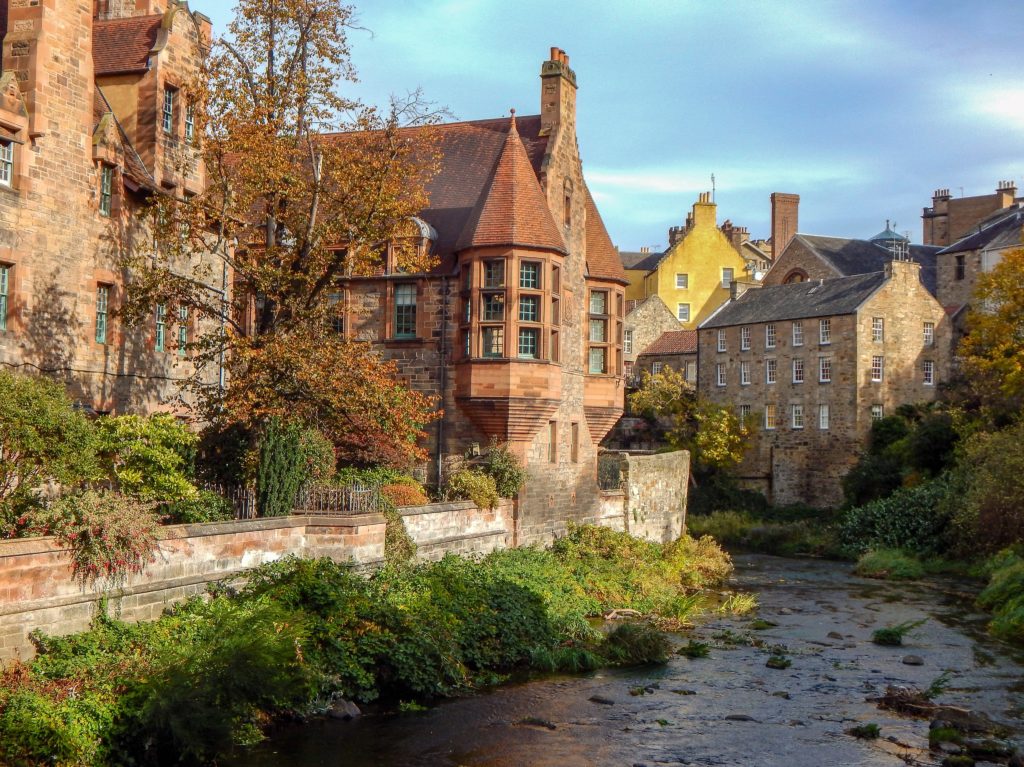
Dean Village, Edinburgh
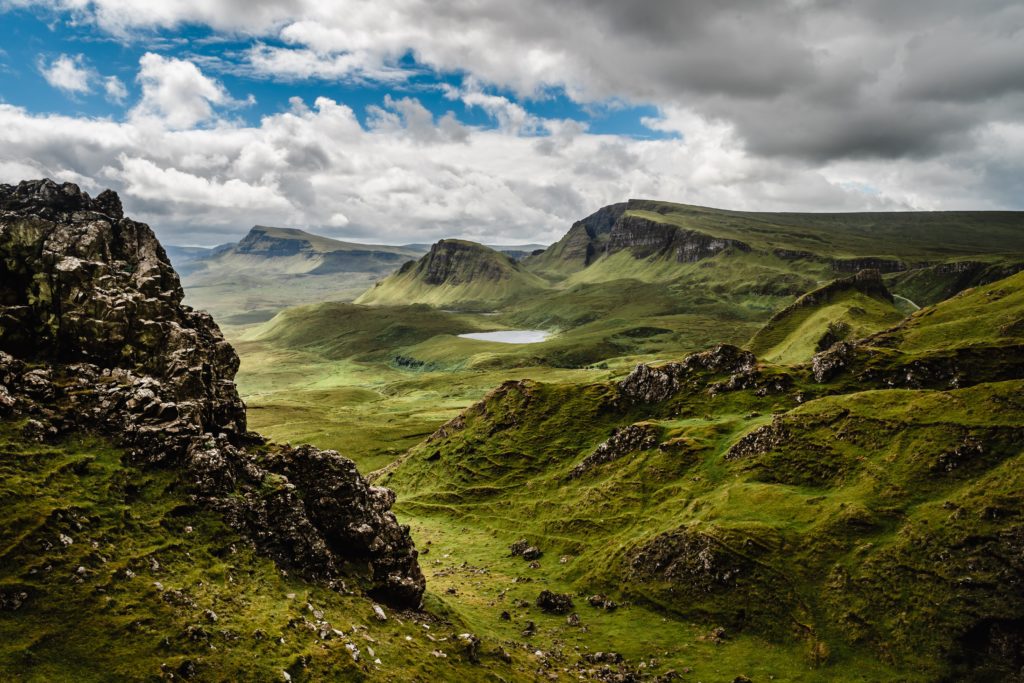
Quiraing - Isle of Skye, Isle of Skye
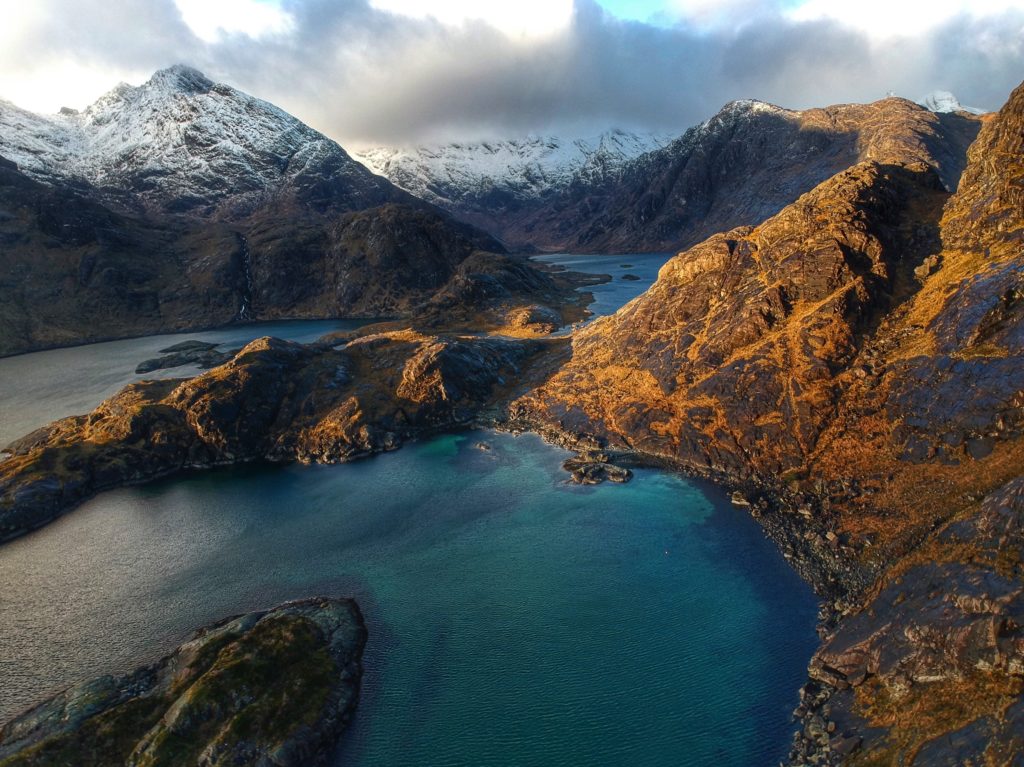
Loch Coruisk, Isle of Skye, United Kingdom
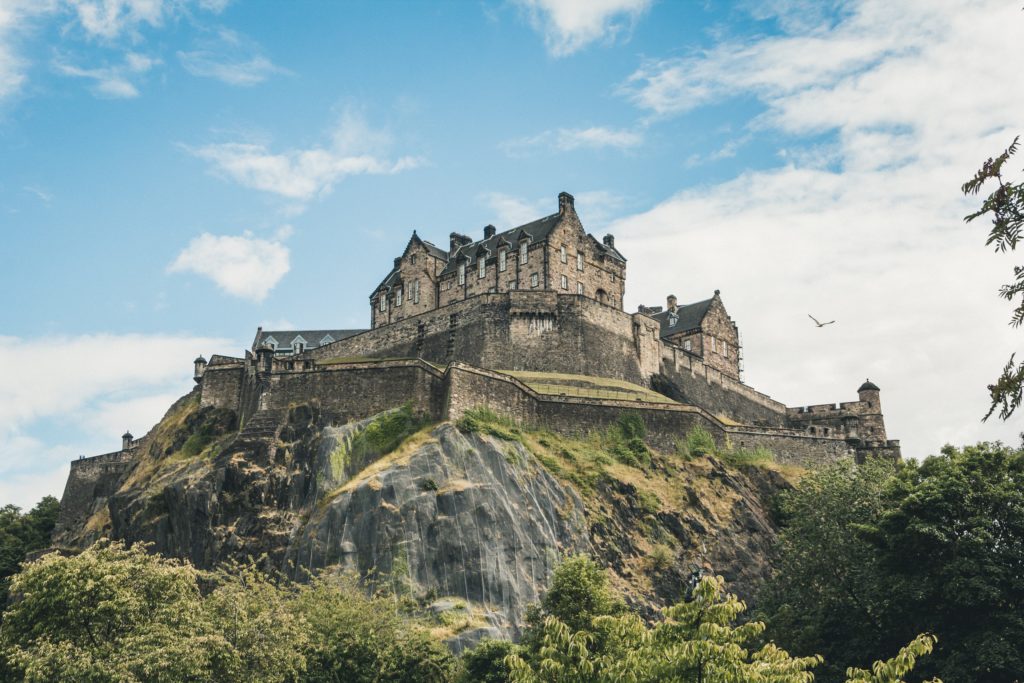
Edinburgh Castle
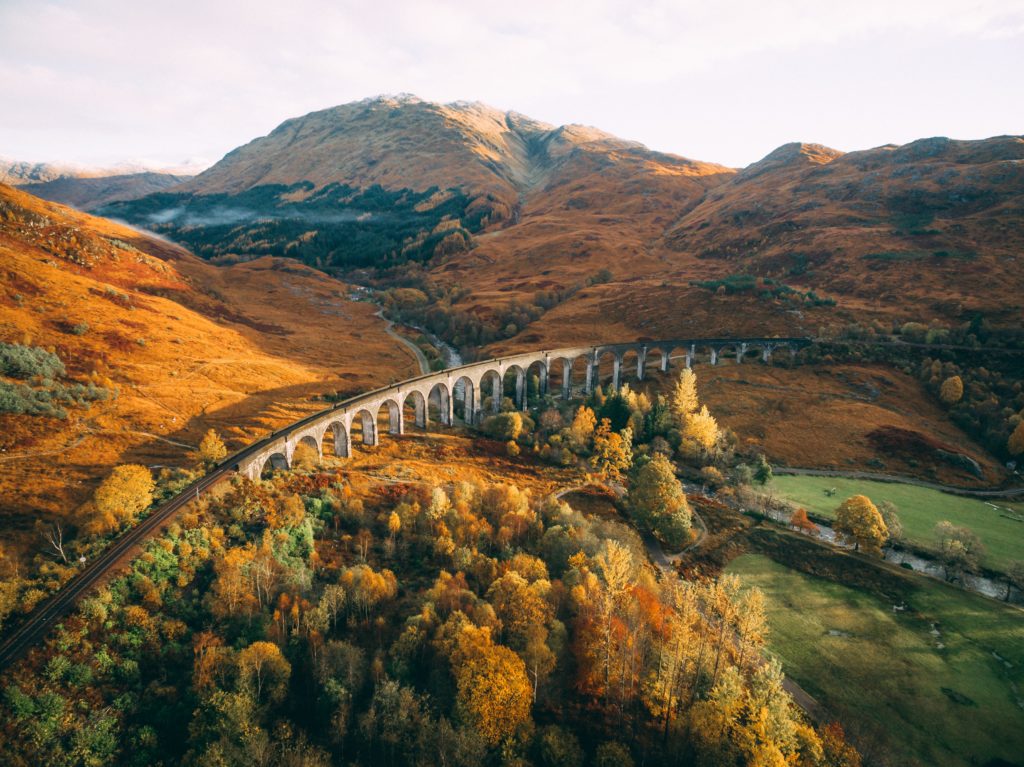
Loch Coruisk, Isle of Skye
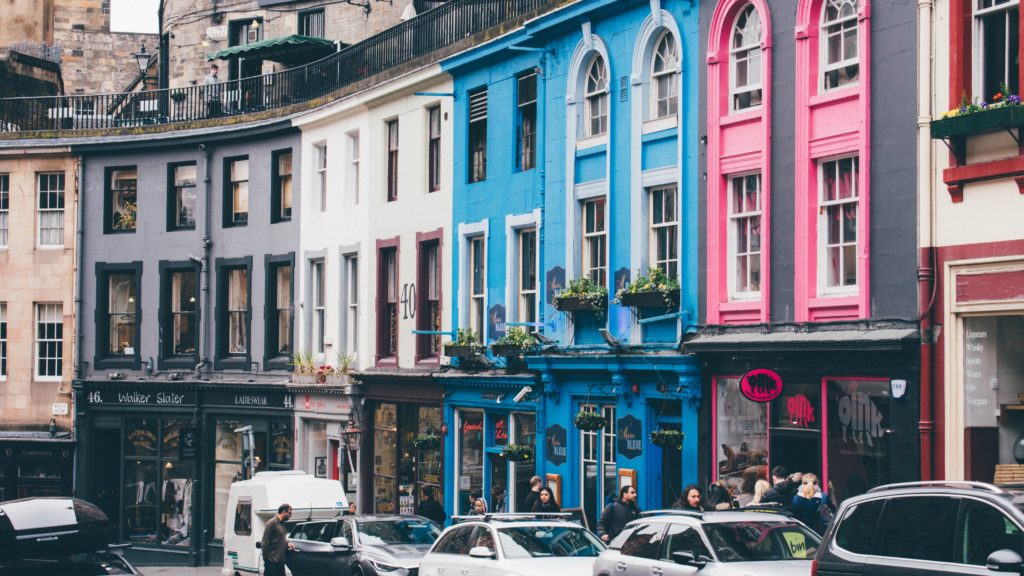
Victoria Street, Edinburgh
Our Favorite Destinations:
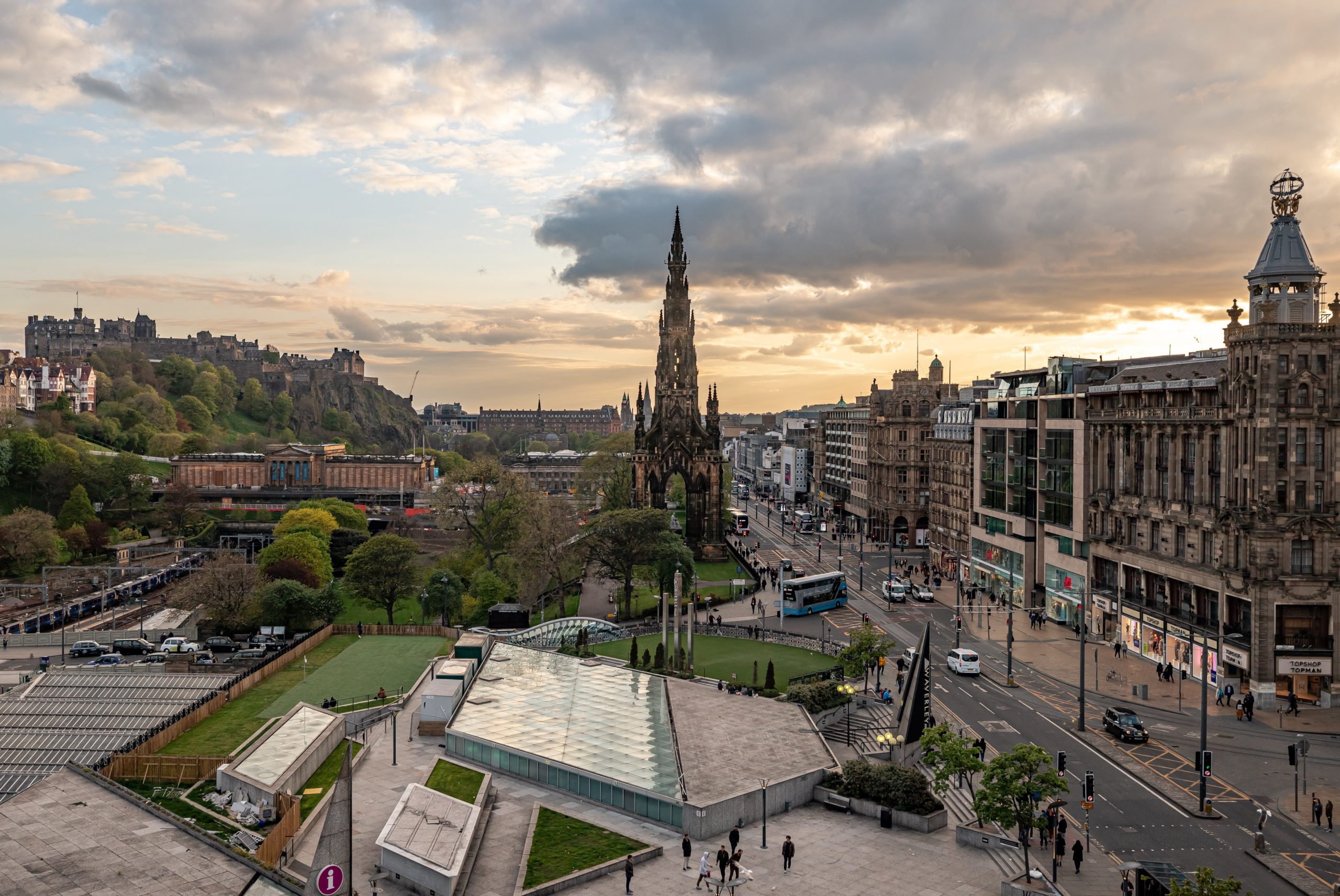
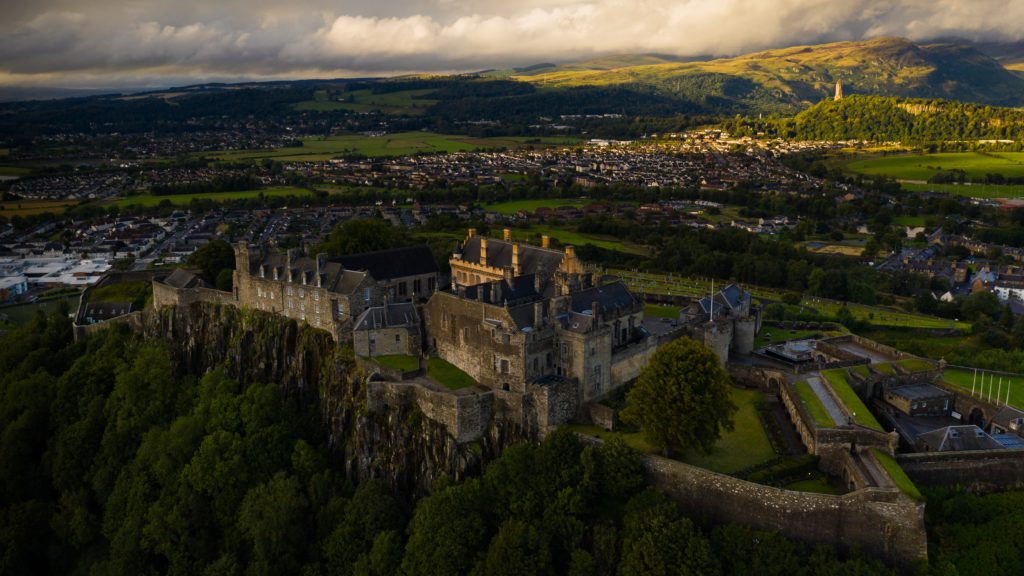
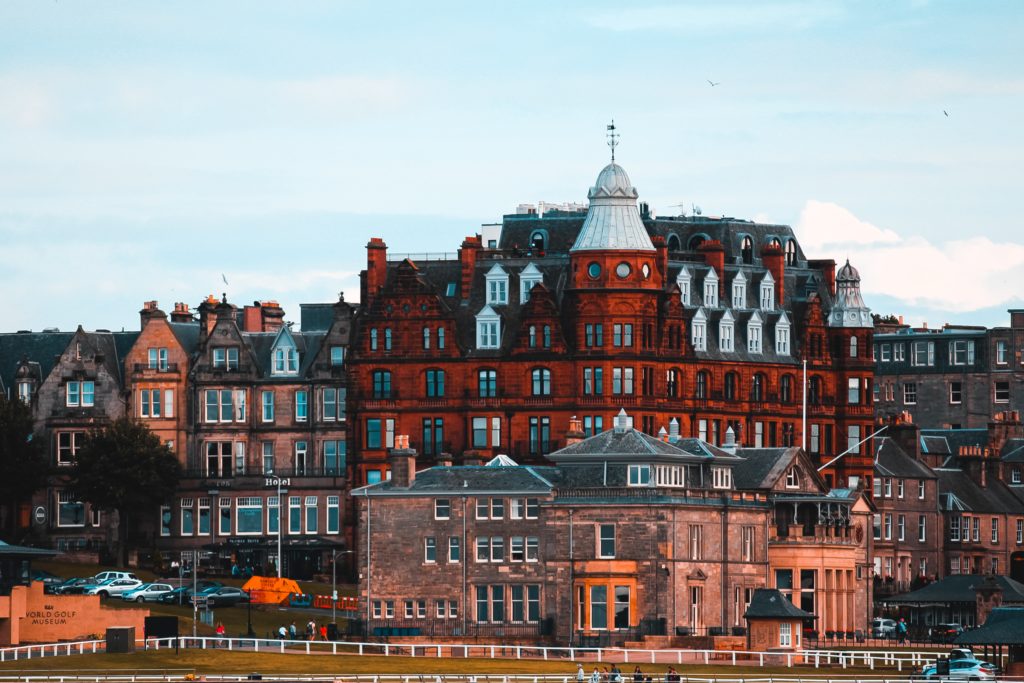
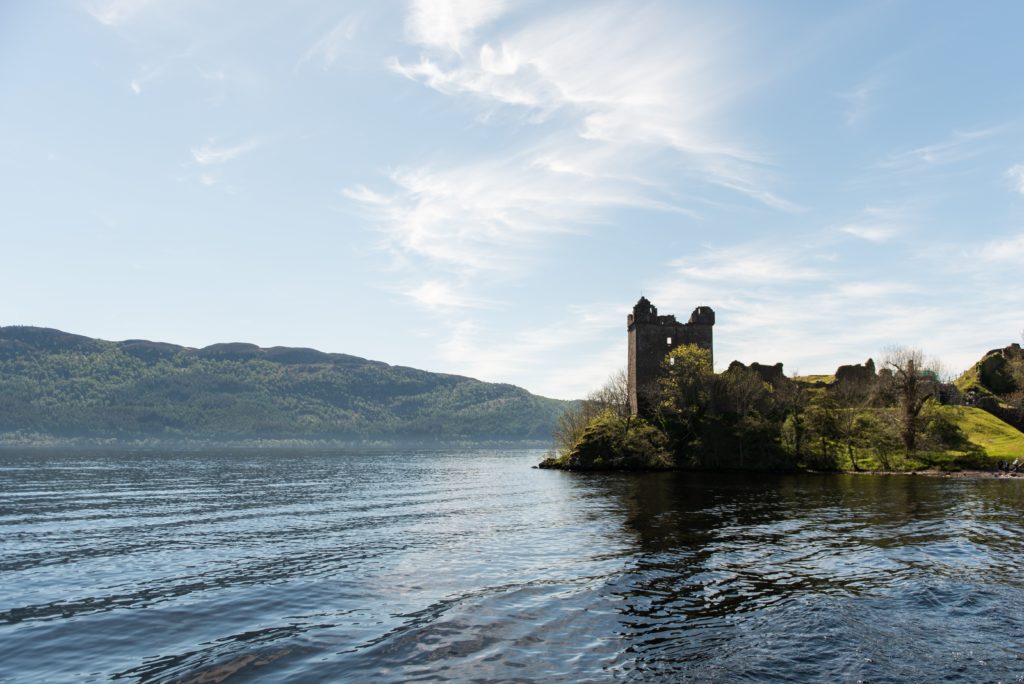
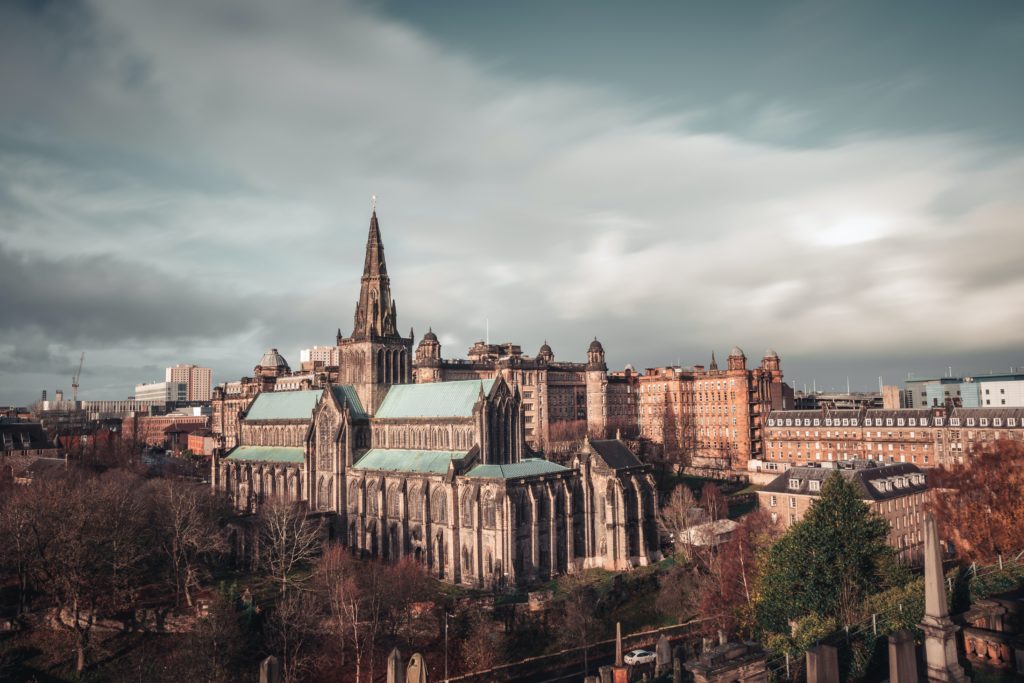
Edinburgh
The capital of Scotland was founded before the 7th century AD. Interesting places to see here include Edinburgh Castle, the Scotch Whisky Experience, The Real Mary King’s Close, Blair Street Underground Vaults, Camera Obscura, and the Scottish National Gallery.
Stirling
Located in central Scotland, Stirling is known as the Gateway to the Highlands. Visit the Church of the Holy Rude, where King James VI was anointed King of Scots in 1567. Stirling is also home to one of the largest and most important castles in Scotland, Stirling Castle, which dates back to the early 12th century.
St. Andrews
This town is home to the University of St. Andrews, which is the third oldest university in the English-speaking world, St. Andrews Cathedral, which was the largest building in Europe, and the Royal and Ancient Golf Club of St. Andrews, which is why the town is also known as the home of golf.
Loch Ness
Loch Ness is a freshwater lake in the Scottish Highlands near Inverness. It is well-known for being the home of the mythical Loch Ness monster. It is the largest lake by volume in the British Isles.
Glasgow
Glasgow, Scotland’s most populated city, was founded in the late 6th century. Sites to visit include Glasgow Cathedral, Kelvingrove Art Gallery, the Riverside Museum, the Mackintosh House, the Tenement House, and the University of Glasgow.


